Fixed Rates
30 yr
25 yr
20 yr
15 yr
10 yr
Compare Terms
Compare Rates
Real APR
Adjustable Rates
Qualification
Affordability
Renter Affordability
Rent vs Buy
Price per Square Foot
Jumbo
Home Sellers
 Purchase Money Mortgage Calculator
Purchase Money Mortgage CalculatorSome borrowers with solid income streams may need to seek alternative sources of financing due to having a poor credit score or lumpy, irreglar income. This calculator allows a buyer and seller to figure out what the balance due will be in the future after a steady stream of loan payments on an owner-financed home sale. After the calculation is done you can generate a printable amortization schedule.
Guide published by Jose Abuyuan on July 23, 2020
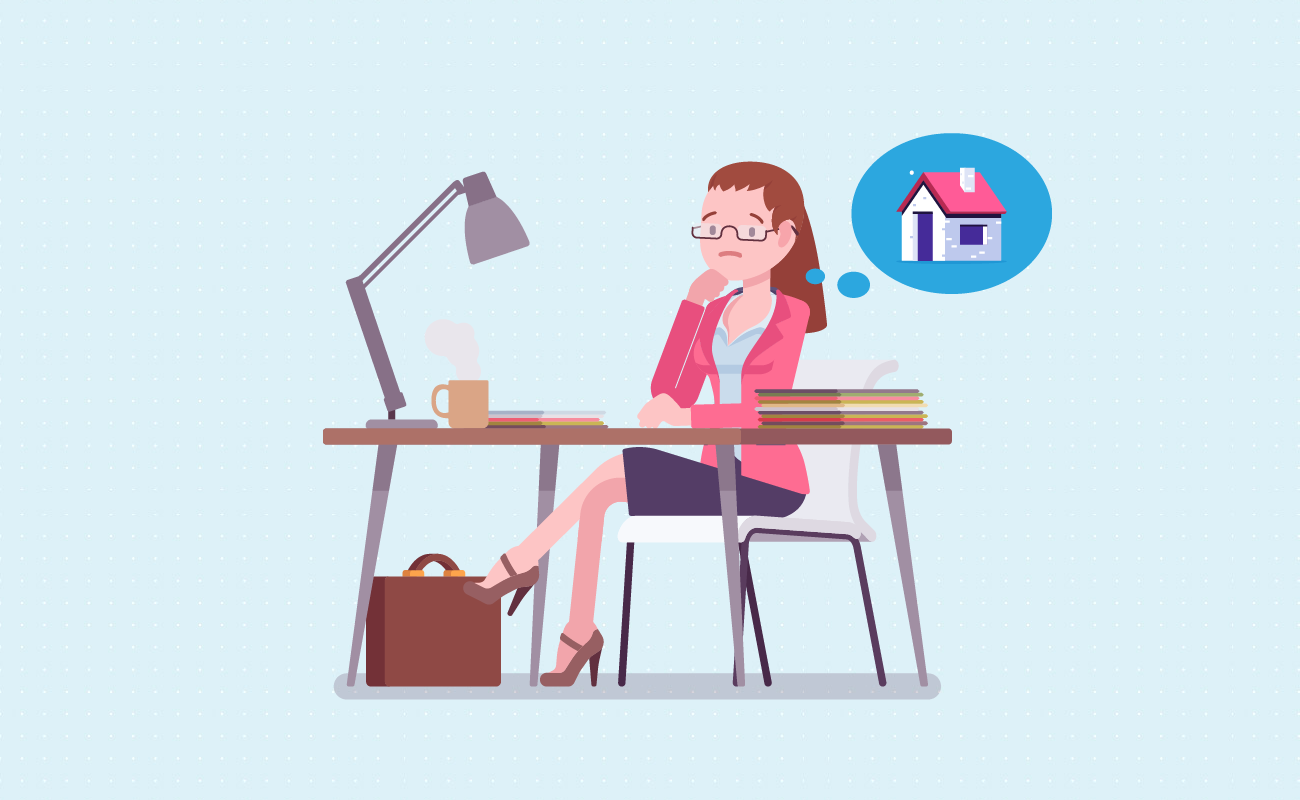
In general, the longer you live somewhere, the cheaper it is to own a home. You don’t want to be at the mercy of landlords forever, after all. There are plenty of obstacles to owning a house, however, and not all are tied to your income. Even if you do make enough money for the down payment and the monthly payments, it might not be enough. You could still be locked out of home ownership because you don’t qualify for a mortgage.
Generally, this could happen if you have a dismal or nonexistent credit score. Although it’s always a good idea to build a good credit score, it takes time to do so. That’s time you may not always have. For those recovering from bankruptcy or debt issues, it could take decades.
And even if you could get a mortgage, there’s no guarantee it would be enough for the house you need. If that’s the case, then a purchase money mortgage might just be the ticket.
Not all mortgages function the same way. Conventional mortgages involve borrowing money from the bank. This will pay for much of the cost of the house. Meanwhile, a down payment covers the remaining balance. The larger the down payment, the smaller the mortgage needs to be. The standard down payment is between five to twenty percent.
Purchase money mortgages are provided by either third party institutions or sellers. Sometimes they act like regular mortgages but with more lenient terms. Other times, they function more like installment payments. They allow for a much higher loan-to-value ratio and have less strict qualification requirements.
Most of the time, buyers use purchase money mortgages as an adjunct to a bank-lent mortgage. Often, the amount loaned is insufficient to pay for the entirety of the remaining balance. In others, they are used as alternatives to bank financing.
Much like bank mortgages, these are backed by the property being sold. If the buyer forecloses, the property goes back to the seller. Both types put the burden of property loss and the impact of the foreclosure on the borrower’s credit.
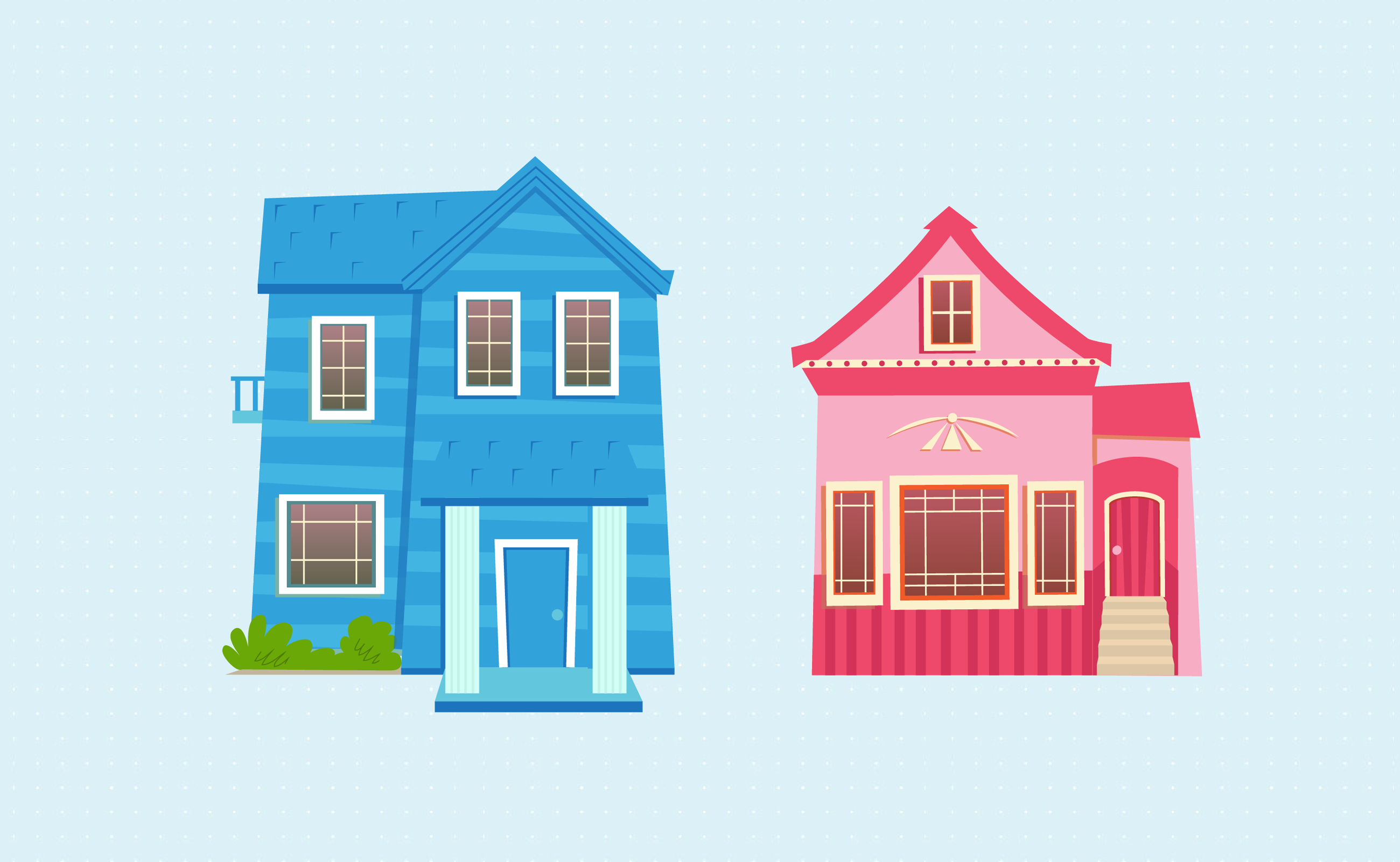
With this type of purchase money mortgage, both the buyer and seller bypass the bank. Instead, the buyer provides the seller with an agreed-upon amount as part of the deal to buy the property. The lender, in this case, would be the sellers themselves. The rate, term, and amount are determined through negotiation between the two parties.
Both the buyer and seller document the mortgage through a security instrument. This promissory note serves as evidence for the transaction. The instrument is filed in the local property recorder’s office.
The seller and buyer agree on the rates; these are, in general, much higher than those of standard loans. For much of the article, we will discuss seller-take-back mortgages.
These loans are provided by a lender and are used to pay for all or a part of the purchase price of the property. They last for as long as regular mortgages (15 to 30 years). In addition, they have much smaller down payment requirements. A loan-to-value ratio of 0 to 3 percent is not unheard of.
Some of the chief providers of third-party purchase money mortgages are as follows:
| Provider | Required Down Payment |
|---|---|
| Federal Housing Authority | 3.5% |
| Fannie Mae (HomeReady Program) | 3% |
| U.S. Department of Agriculture | 0 |
| Veterans Administration | 0 |
Many of these options have lower annual percentage rates than other loans. The challenge is to qualify for them. The Veterans Administration mortgage, for instance, is available only to U.S. military veterans and qualified spouses.
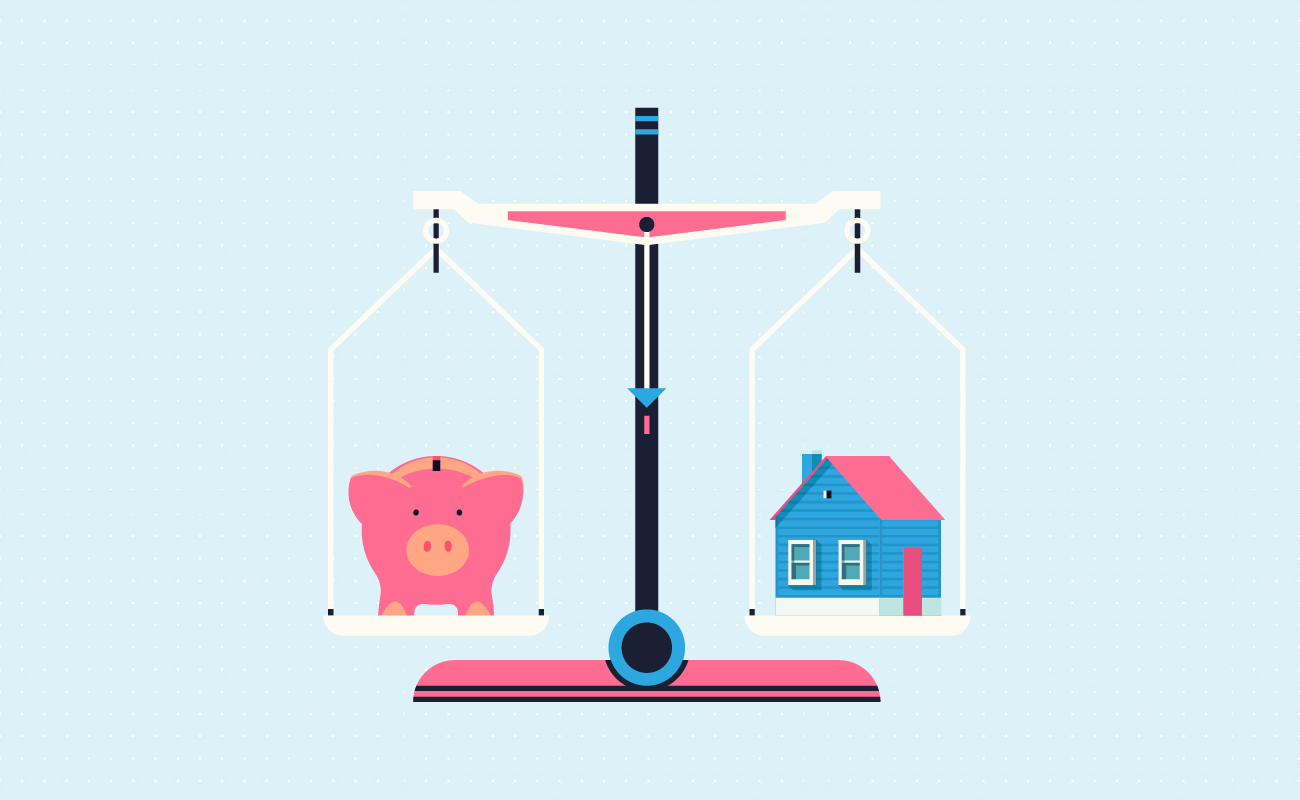
There are a host of risks involved in purchase money agreements. Why, then, would anyone prefer these terms over regular mortgages? With its risks come several advantages. Each one can benefit a buyer whose credit has yet to recover but can provide consistent payments.
Purchase money mortgages are among the easiest mortgages to apply for. Their underwriting guidelines are more flexible than most loan types. They have some of the highest loan-to-value ratios available in the market. Sellers are also not as strict with their lending requirements as banks are. Through careful negotiation, you can reach loan terms that suit your current financial standing. You may even secure rates lower than those from mortgage refinancing.
You can also avoid the hefty closing charges that come with bank financing. Most of a bank mortgage’s closing costs are fees for loan origination, processing, or administration. Many of these costs aren’t necessary through purchase-money mortgages.
Moreover, a purchase money mortgage helps seal the deal faster for many homeowners. You wouldn’t need to pay your entire down payment at once (or at all). And the sooner you close, the sooner you can move in.
One of the key elements in real estate investing is timing. You’ll need to enter the real estate market at the appropriate time to make the most of your investment. In most cases, the matter involves searching and waiting. You’ll need to look for the right home and wait for the right market conditions to land the best possible price. But reality is rarely as clear cut.
Outside of major economic disasters, housing prices could only go up. This incentivizes most prospective homeowners to buy sooner than later. Play the waiting game for too long, and you could risk getting priced out of your ideal neighborhood. This comes with its own risks, however. Act too soon and you could miss out on better rates or prices. You could’ve saved more money if you waited a little longer to earn for a bigger down payment.
Another perk of purchase money mortgages is how it resembles installment payments. For most buyers, this is familiar territory. Expensive consumer goods are often bought through installment to make them easier on the pocket. After all, who can resist those numbered easy payments?
Sellers receive perks from this arrangement, which can offset many of the risks it presents. Although they won’t receive a lump sum, they receive a few benefits that make it worthwhile.
A purchase money mortgage guarantees some protections in case the buyer defaults. The seller could foreclose on the property if need be. Any disputes that might emerge will be brought to the property records office. Much of the risks are offloaded to the buyer, who has all the reason to keep up with the agreed-upon payments.
Properties sold under purchase money mortgages also have tax advantages. The seller receives a hefty income tax cut from the sale of the property marked as cost payments. The part of the payment they receive from the property is subject instead to capital gains tax. This can vary between their income level, but it will almost certainly be lower than standard income tax. Sellers also avoid the hefty 3.8 percent net investment income tax when selling their home through purchase money mortgages.
Finally, a seller can make more money through the sale itself. They can command a higher price and make more money through interest. They also keep the property for much of the mortgage. It’s as if they were renting it out.
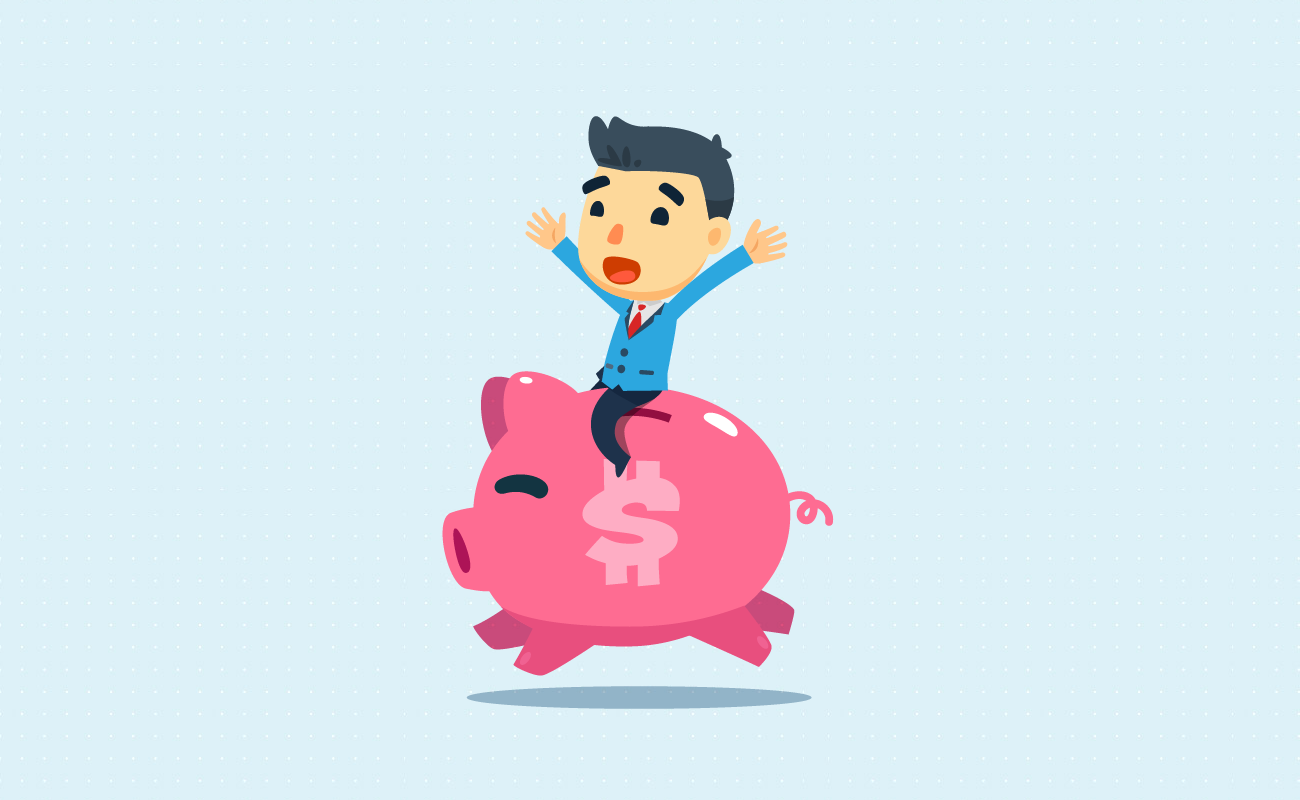
The terms of a seller-take-back mortgage are determined by you and your seller. You must discuss each of the terms with care. The Securities and Exchange Commission provides a sample of what a typical seller-take-back mortgage would look like on paper.

Purchase money mortgages can be used to cover the remaining down payment costs of a home. In these instances, this is called a “piggyback mortgage.” This secondary mortgage can help you bypass costly private mortgage insurance.
The following examples will look at how you can use purchase money mortgages. Exactly how much you spend depends on what you use it for. We will assume that you have recently paid off several large problematic debts. Although you have a larger cash flow, your credit rating is still recovering. Suppose the bank is feeling generous. Let’s put your mortgage cap at around $150,000.
That, of course, is nowhere near enough to buy a decent house.
For our first example, let’s assume that you bought a house worth $220,000 through a seller-take-back mortgage. The seller and you agreed to a 4 percent annual percentage rate for the next ten years. You also agreed to a monthly payment of $1,500. Using our calculator above, let’s examine how much this lump sum would be after a decade:
10-Year Seller-Take-Back Mortgage
Loan amount: $220,000
Interest (APR): 4%
Monthly payment: $1,500
In total, you would have paid $180,000 on the property’s balance. To receive the deed, you would need to pay a lump sum of $107,108.47. You can refinance this remaining amount through another purchase money mortgage. The main drawback is that in that span of time, you paid $67,108.47 in interest.
Moreover, you still need to pay the remaining balance. You apply for another mortgage that requires a 3 percent down payment and a term of 15 years. Your closing costs amount to around $3,342.17. Let’s use our mortgage refinance calculator to find out how much you’ll be paying:
15-Year Mortgage
Loan amount: $107,108.47
Closing costs: $3,342.17
Interest (APR): 3%
Monthly payment (principal + interest): $739.67
Your total costs would amount to $133,140.93, of which $26,032.46 are interest payments. In total, you would’ve paid $313,140.93 for your home. Your total interest payments would be $93,140.86 over the course of 25 years.
In our second example, let’s assume that you used the piggyback method. You managed to secure the bank mortgage for the full $150,000. The bank gives you a 3 percent interest rate for 15 years. Even with a 20 percent down payment, you do not have enough to buy the $220,000 house. So you had an agreement with the seller to pay the rest of the down in an installment:
15-Year Bank Mortgage
Loan amount: $150,000
Downpayment: $44,000
Closing costs: $2,800.00
Interest (APR): 3%
Private mortgage insurance: 0
Monthly payment: $1,335.87
Monthly principal + interest: $1,035.87
You would’ve paid $36,457.04 on interest on the bank mortgage alone. Now let’s see how much money you spend on the purchase money mortgage. Let’s assume you and the seller agreed to a five-year period to pay off the remaining balance. Your agreed-on rate is 4 percent. Each month, you pay an extra $450.
10-Year Seller-Take-Back Mortgage
Loan amount: $26,000
Interest (APR): 4%
Monthly payment: $450
In five years’ time, you paid $27,000 to your seller. To seal the deal, you must pay the remaining balance of $1,911.38. You can pay for this extra amount out of pocket, if you have the extra cash. In that time, you would’ve paid $2,523.38 in interest.
In total, you spent $259,368.45, of which $39,980.42 is interest. Each month, you paid $1,785.87 for both mortgages. This is a much better deal than our first example.
| Purchase Money + Refinance | Bank Mortgage + Purchase Money | |
|---|---|---|
| Total Cost | $313,140.93 | $259,368.45 |
| Total Interest Cost | $93,140.93 | $39,980.42 |
| Total Monthly Cost | $1,500 (purchase money mortgage) $762.75 (Refinanced mortgage) | $1,785.87 (together) |
| Duration of both mortgages | 25 years | 15 years |
By taking out both the bank and purchase money mortgage at the same time, you save $53,160.51 in interest payments. That’s money that you can put to good use elsewhere.
One of the justifications for buying a house is rising home prices. If you buy today, you avoid a higher price tomorrow. This also means that you make more money just by owning the house. Each option, of course, will have a different yield based on how much interest you paid for. Suppose your home is now worth $330,000 after 25 years. In the first example, you’ve made a measly $16,859.07. In the second, you made a larger profit of $70,631.55.
The main downside of seller-take-back mortgages is that they have higher-than-average interest rates. This could lead to future problems if you find yourself unable to pay down your mortgage.
Even in a buyer’s market, your seller can still command a higher price for purchase money financing.

You have a better chance of a bargain if a seller is eager to dispatch their property fast. Be on the lookout for homes that are in the market for longer. Agreeing on favorable purchase money mortgage terms might not be the only boon you get.
Another major disadvantage is how much they would cost you over a lifetime. In the above examples, you spent a lot more money financing your home through purchase money mortgages. These can cut deep into your profits as your home appreciates in value.
Moreover, your credit rating can take a big hit if things go wrong. You may get some leeway by renegotiating your terms with your seller. But be careful not to test their patience.
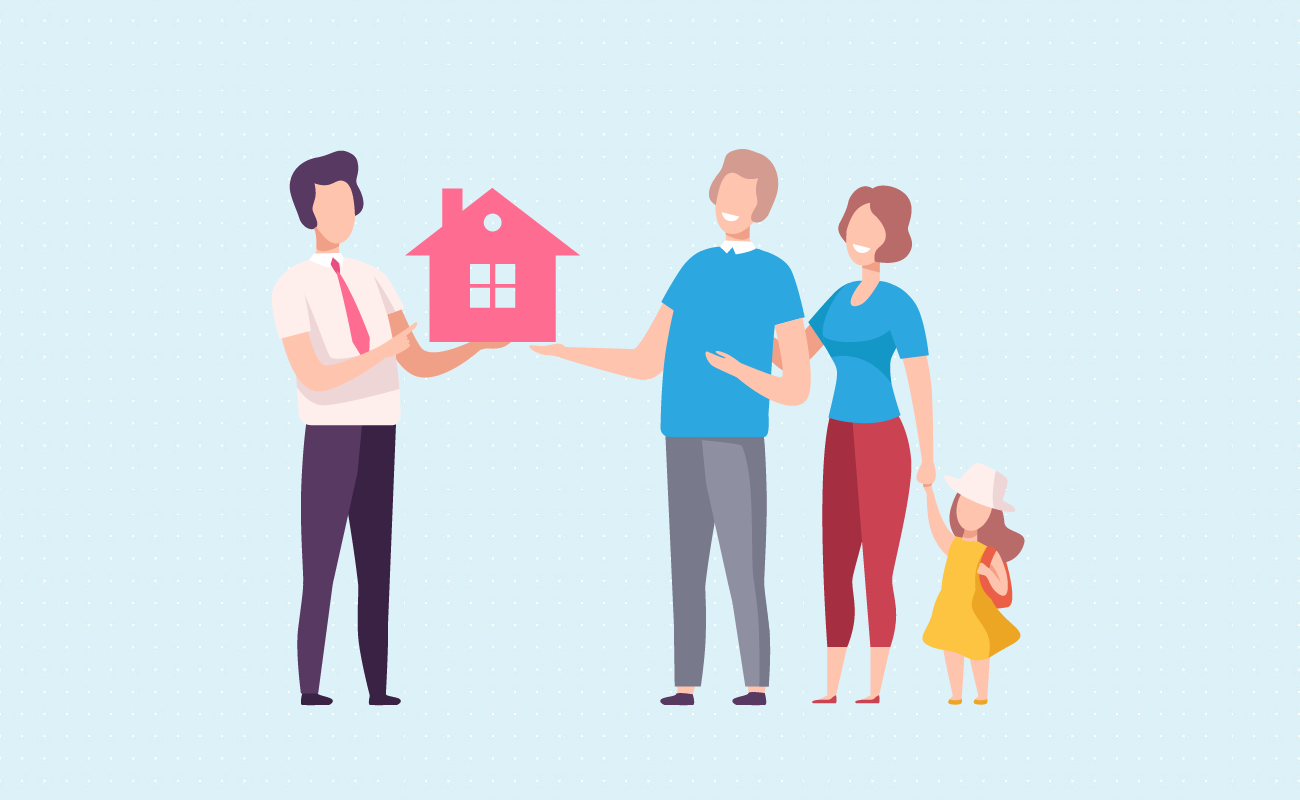
When, exactly, are purchase money mortgages preferable? For starters, if you don’t have access to a bank mortgage, you may choose to finance the home through a seller. If your finances have taken a huge hit, it may take awhile to rebuild your credit score. If you need to buy a house now, you might work out a good deal outside the banking system.
Although they appear convenient on the surface, these mortgages are expensive in the long run. You must only choose them if other options are unavailable. Before considering a purchase money mortgage, ask yourself the following questions:

That said, be sure to get approved for a bank mortgage, if you can. The more you can finance through the bank, the less you need to borrow from the seller.
In a dismal economic climate, the banks may not be as willing to lend you money. Their more stringent standards during these times may ignore your ability to pay. Waiting for things to get better is often advisable. On occasion, you might find downturns to be opportunities in disguise. When home sellers lower their prices, you can secure a good deal if you move fast. A purchase money mortgage might be the ticket in times where financing options are scarce but good deals are common.
In these times, there may be landlords who might be willing to swap leases for mortgages. If you shop around, you can secure a purchase money mortgage instead of a lease.
As with all debts, you can reduce the interest impact of your mortgage by paying it down. Aim for the highest payments you can afford on the onset. This way, you’ll reduce the amount you’ll need to finance by the end of the term. Moreover, if you agree on making principal-only payments, you can reduce the amount of interest you owe. Talk to your seller and ask for this option in writing.
Want to know how much you can save through extra payments? Check out our guides at our accelerated payment and biweekly mortgage payment calculators.
Jose Abuyuan is a web content writer, fictionist, and digital artist hailing from Las Piñas City. He is a graduate of Communication and Media Studies at San Beda College Alabang, who took his internship in the weekly news magazine the Philippines Graphic. He has authored works professionally for over a decade.